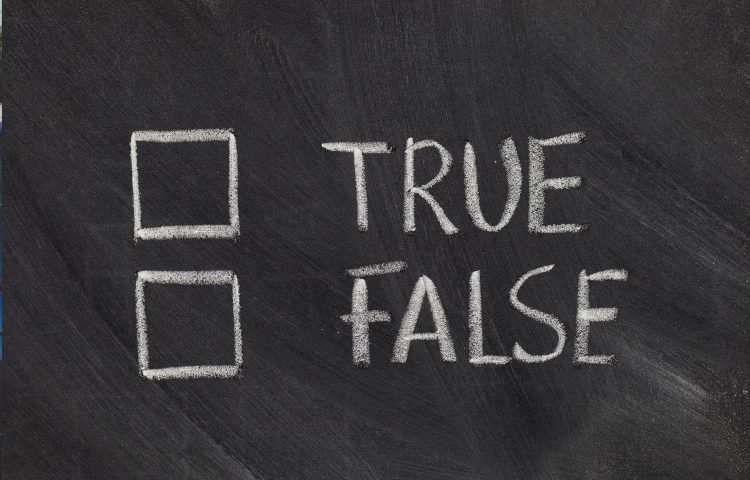
When entering into a contract, especially in the context of buying property, goods, or services, buyers will normally make their own decision and rely heavily on the accuracy of the information provided by the seller. However, not every seller is honest, giving a false statement, or they may not know the full history of the item that they’re selling. So what happens when the information they provide does not match what they’re selling you?
Misrepresentation
Misrepresentation occurs when one party makes a false statement of fact that another party will rely on which induces them to enter a contract. Note that a false statement here does not mean a statement which is based on opinion or future intention.
Where a party does make a misleading statement, and another party enters a contract as a result of that misleading statement, the contract formed may be rescinded (unwound) under the Misrepresentation Act 1967 (‘the Act’). In addition, the injured party may claim damages.
There are of course different ways that somebody may make a misrepresentation, and this can have an effect on how the injured party may be compensated.
There are three types of misrepresentation:
How does the Act protect the buyer?
The Act strengthens a buyer’s position in several ways:
In some cases, where the misrepresentation is found to be innocent, the court still has a discretion to award damages instead of ordering the contract be rescinded. The court cannot order both recission and damages, however.
Sellers’ attempt to limit their liability
Sometimes sellers (especially professional ones) try to limit their liability through disclaimers or exclusion clauses. However, the Act accounts for this and states that clauses are only valid if they satisfy a “reasonableness” test under the Unfair Contract Terms Act 1977. This is intended to ensure that buyers are not unfairly prevented from seeking a remedy to the situation.
What might be considered misrepresentation?
In many instances, it may be obvious where a seller has misrepresented the goods they are selling; for example a mobile phone charger may be advertised as an official product where in fact, it is actually an imitation.
However, there are instances where a buyer may not realise that they have a claim against a seller. This applies typically where larger items such as cars or property are concerned, especially if it has been some time since the goods were purchased. Examples of this include;
A quick note
Generally, under the Act, a claim against a seller for misrepresentation needs to be made within 6 years of the purchase. Unfortunately, sometimes, the misrepresentation does not become evident for some time after the purchase, possibly over 6 years later. In this event, it may still be possible to bring a claim after the 6-year point has run down because of the Limitation Act 1980.
Conclusion
The Act is extremely useful in safeguarding buyers from the effects of misleading statements, but it can be difficult at times to understand what type of misrepresentation has been made, whether a claim can be made due to time limits and the potential remedies available to the buyer.
If you think you may have made a purchase relying on a false statement, and wish to review the remedies available to you, get in touch as soon as possible to see how we can help you achieve the outcome you seek. You can speak to a member of our team here.